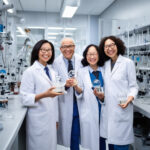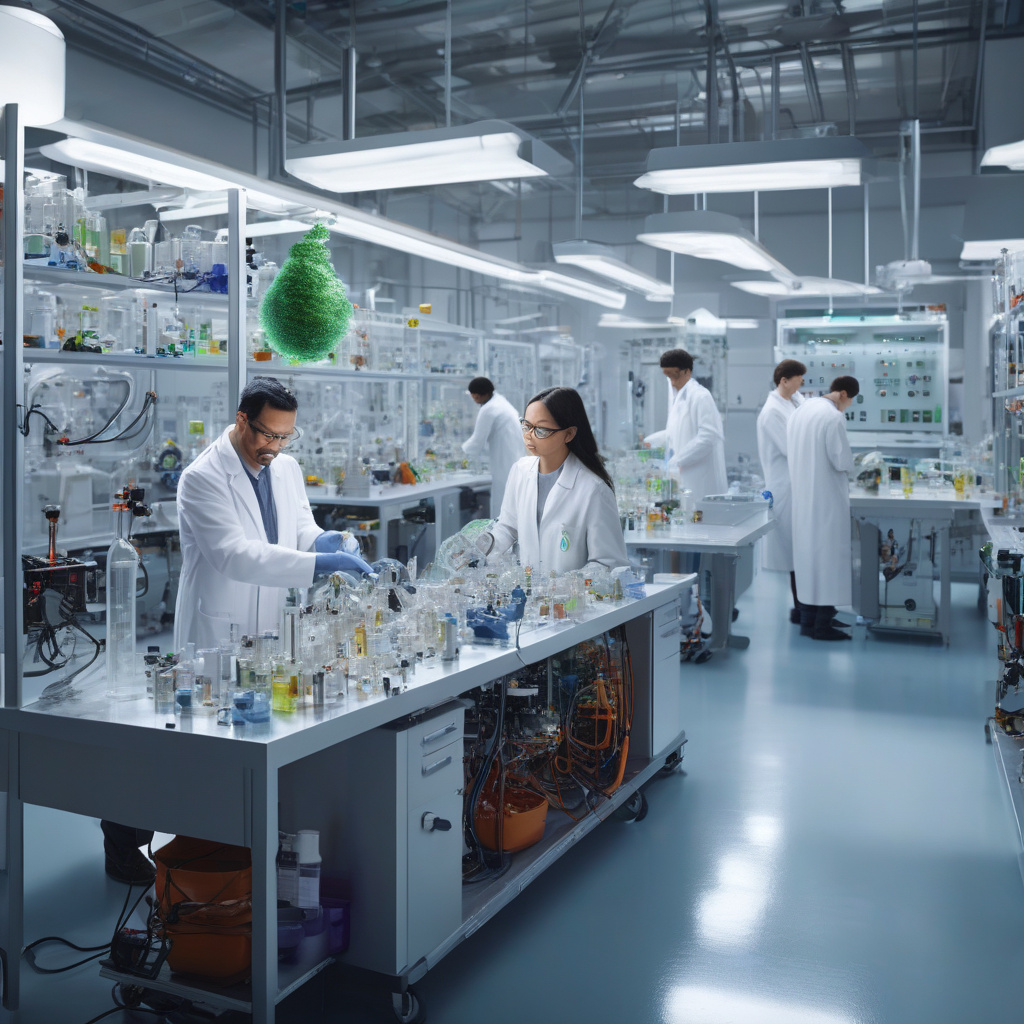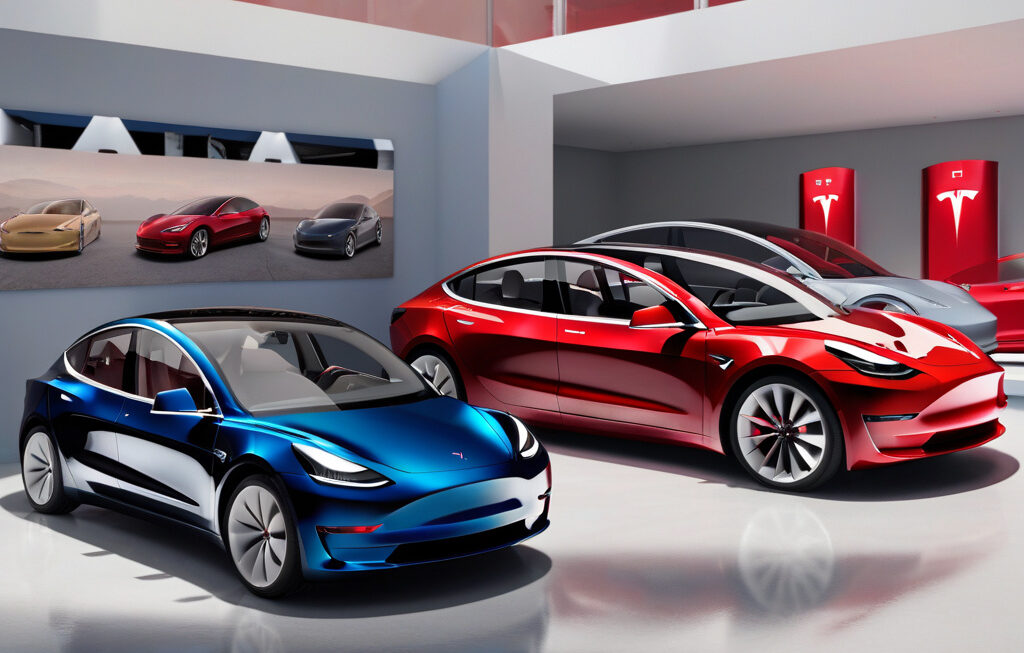“Harry Potter Magic Trick Inspires EV Battery Recycling to Become Faster, Easier”
MIT researchers have developed a new “self-assembling” battery material for electric vehicle (EV) battery recycling. This groundbreaking innovation draws inspiration from an unexpected source: the magical world of Harry Potter. By mimicking the self-repairing properties of the fictional wizarding world, researchers have unlocked the potential for faster and easier EV battery recycling processes.
The traditional methods of EV battery recycling have been time-consuming and resource-intensive. Disassembling the batteries manually to recover valuable materials such as lithium and cobalt can be a tedious and laborious task. However, the new self-assembling battery material developed by MIT researchers promises to revolutionize the recycling industry.
Drawing parallels to the enchanted objects in the Harry Potter series that repair themselves when damaged, the self-assembling battery material has the remarkable ability to autonomously disassemble and reassemble. This characteristic streamlines the recycling process significantly, making it more efficient and cost-effective.
The magic behind this innovation lies in the material’s unique composition. Comprising a blend of polymers and nanoparticles, the self-assembling battery material can break apart into its individual components with minimal external intervention. This feature not only simplifies the recycling process but also enhances the recovery of valuable materials from spent EV batteries.
In addition to its self-repairing properties, the new battery material is also designed to be environmentally friendly. By enabling faster and more efficient recycling, it reduces the reliance on mining for new resources, thus lowering the environmental impact of EV battery production.
The implications of this innovation extend beyond the realm of EV battery recycling. The concept of self-assembling materials inspired by magical phenomena opens up a world of possibilities for sustainable technology development. Researchers are already exploring applications in other sectors, such as electronics manufacturing and renewable energy storage.
Furthermore, the success of the self-assembling battery material underscores the importance of interdisciplinary collaboration in driving innovation. By combining principles from materials science, chemistry, and even pop culture references like Harry Potter, researchers were able to achieve a breakthrough that could reshape the future of sustainable technology.
As we look ahead to a world increasingly reliant on electric vehicles and renewable energy sources, solutions like the self-assembling battery material offer a glimpse into the possibilities of a more sustainable future. By harnessing the power of imagination and innovation, researchers are paving the way for a greener, more efficient world.
In conclusion, the Harry Potter-inspired magic trick of self-assembling battery material represents a significant step forward in making EV battery recycling faster, easier, and more sustainable. As researchers continue to push the boundaries of what is possible, the intersection of science and fiction may hold the key to solving some of the most pressing challenges of our time.
#EVbatteryrecycling, #MITresearchers, #sustainabletechnology, #HarryPotterinspiration, #selfassemblingmaterial










